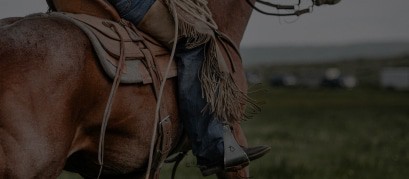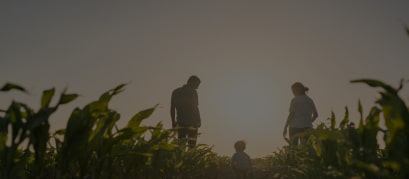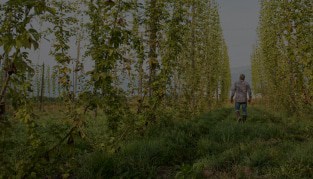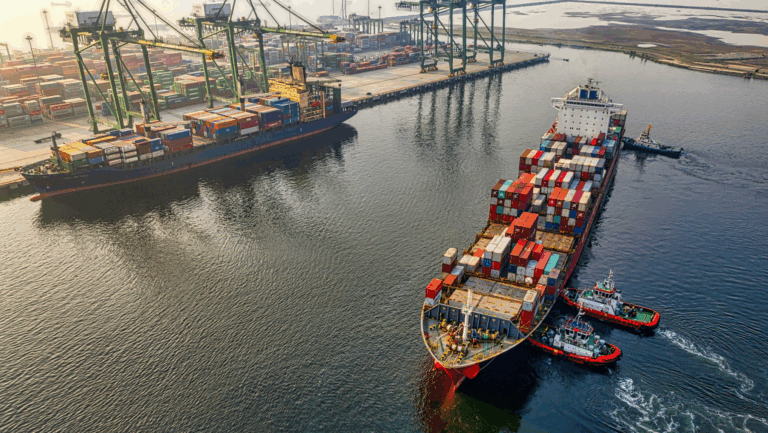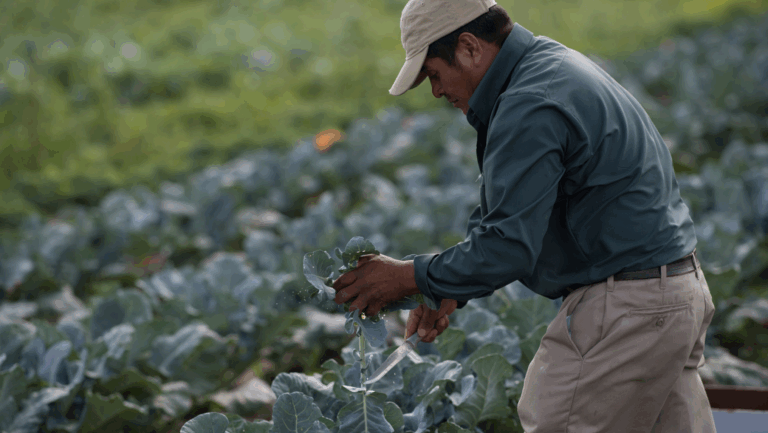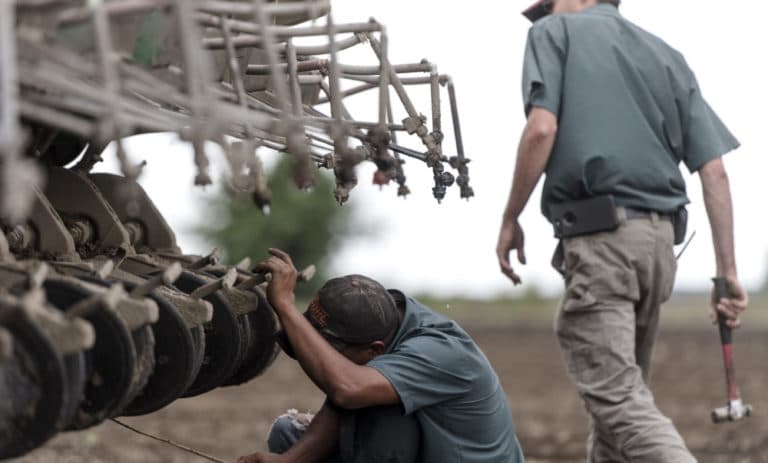2025 Cattle Market Outlook and Financial Strategies for Ranchers
The national cattle inventory has fallen to its lowest count since 1951.
Amid policy volatility, the U.S. cattle market is seeing a high opportunity environment in 2025. The national cattle herd is the smallest it’s been since 1951, due to a combination of prolonged drought, high input costs, reduced heifer retention, and fewer imports. Live cattle and retail beef prices have been pushed to record highs.
But even in the face of higher prices, consumer demand for beef has stayed strong, the highest it’s been in 20 years. While cow-calf producers are benefiting from high calf prices, stocker operators are facing tighter margins as input costs climb faster than returns.
“[Cattle producers are] very much in the driver’s seat right now.”
– Oklahoma State University economist Derrell Peel
This article breaks down the cattle market outlook through 2025 and into 2026, while also providing financial strategies to help ranchers navigate it.
2025 Cattle Market Outlook: By the Numbers
As of July 2025, the total U.S. beef herd, including calves, stood at 94.2 million head, the lowest level recorded since the early 1950s. The next report on U.S. herd size is expected to be released in January 2026.
While overall herd size is small, cow slaughter data indicates a potential shift toward retention and rebuilding. This year’s slowdown in beef cow slaughter is about 17 percent below last year, a possible indicator that ranchers are keeping their heifers back for breeding.
| Metric | Figure | Year-over-Year Change | Rancher Impact |
| Total Cattle on Feed | 10.9 million head | -2% | There are fewer cattle in feedlots compared to last year. This means supplies are tighter, which usually supports higher prices. |
| Placements | 1.6 million head | -6% | Fewer new cattle were added to feedlots, possibly as heifers are retained for breeding. Beef supply will stay tight in the months ahead. |
| Marketings | 1.75 million head | -6% | Fewer cattle were sold and moved out of feedlots. This shows the overall pace of the market is slowing as ranchers plan to expand. |
| Texas Cattle on Feed | 2.49 million head | -9.1% | Texas, the biggest cattle-feeding state, has seen a sharp drop. This is a major driver behind the overall national decline. |
Cattle Price Outlook
Beef is more expensive than ever at the grocery store, and the cattle themselves are selling for much higher prices, too, chiefly due to limited supply.
Retail beef prices: In July 2025, ground beef hit a record high of about $6.25 per pound—the most expensive since records started in 1984. The USDA expects beef prices to be about 10 percent higher in 2025 than in 2024.
Live cattle prices: Naturally, cattle sold for slaughter are also much more expensive. Steers averaged $242 per hundredweight, 27 percent higher than last year. The USDA predicts prices will average about $229 per hundredweight in 2025 and expects those high prices to carry over into 2026.
Bottom line: High prices for both retail beef and live cattle are expected to continue into 2026.
Key Factors Driving the Cattle Market Outlook
Economist Derrell Peel of Oklahoma State University suggested that the next USDA cattle inventory report in January 2026 will likely “prove to be the low” before a period of growth begins. This means the national herd will likely expand, but herd rebuilding is a slow process, meaning it might fall next year before the numbers begin to rise again.
“It can take up to two years for progress to become noticeable when rebuilding beef inventories.”
– Justin Tupper, president of the U.S. Cattlemen’s Association
The Build or Sell Dilemma
Some ranchers are starting to rebuild their herds, shown by fewer beef cows being sent to slaughter, but recovery will take time. High calf prices are tempting many producers to sell young heifers instead of keeping them to grow their herds.
“The decision between selling now at record prices or counting on future returns may still favor selling now for some producers.”
– David Anderson, Economist at Texas A&M University
Cattle Imports
Imports of Mexican feeder cattle are down by 628,000 head in 2025 compared to 2024. Because screwworm flies have continued spreading in southern Mexico, the U.S. suspended live animal imports from Mexico on May 11, 2025. This move effectively stopped feeder cattle shipments coming in from Mexico.
“Already record high calf prices will likely see some more upward pressure in the short term. The inability to purchase these cattle will further pressure feedlots in the Southwest that are trying to source cattle from very tight supplies.”
– Josh Maples, MSU Extension agricultural economist
Supply Chain Squeeze
Fewer cattle mean ranchers make more money, but the middlemen—feedlots and packers—are getting stuck paying high costs they can’t fully pass along, so their profits are shrinking. This can cause them to become less aggressive when bidding for cattle if their costs stay too high and profits too thin. That can eventually slow demand for feeder calves or fat cattle.
Barrier to Entry
High asset costs create barriers to entry. Illinois producer Luke Frantz commented on the difficulty for younger producers, stating, “When bred cows and heifers are as expensive as they are, it’s really hard to get that money, and everyone feels like they’re buying it at the top… I’d say there’s less opportunity for younger guys at high prices than at low prices.”
Financial Strategies for Producers in the 2025 Cattle Market
Ranchers are operating in a high-price, low-supply cattle market that comes with both opportunity and risk. To thrive in this environment, financial strategy is just as important as herd management. Here are some approaches ranchers can consider:
1. Strategic Herd Decisions
With record calf and live cattle prices, ranchers must weigh the benefits of selling now against retaining heifers to rebuild herds for future profitability. A blended approach—selling a portion while holding back select genetics—can hedge against volatility.
2. Risk Management Tools
Locking in prices through CME cattle futures or options can help protect against sudden market dips. Additionally, USDA-backed programs like Livestock Risk Protection (LRP) insurance can provide a floor under market prices while still allowing upside if prices rise.
Further assistance may also be on the horizon. Ag Secretary Brooke Rollins announced that she is working on a plan to open up more working lands, expand risk mitigation tools, and help the next generation of beef producers.
3. Cash Flow and Capital Planning
High cattle prices bring in more cash now, but rebuilding herds requires large upfront costs. Keeping cash reserves or lines of credit available helps balance short-term gains with long-term reinvestment.
4. Long-Term Positioning
Economists expect inventories to bottom out soon and slowly rise. Ranchers who retain quality breeding stock now could benefit from strong returns in 2–3 years.
5. Mentorship and Succession Planning
High prices make it harder for younger ranchers to enter. Creative arrangements—such as share agreements, partnerships, or gradual herd transfers—can ease transition and strengthen operations.
Unlock Opportunity in the 2025 Cattle Market with AgAmerica
The cattle market is strong, but tight supplies and rising costs make planning more important than ever. AgAmerica is here to help ranchers and landowners navigate these challenging conditions. With singular expertise in agricultural lending, flexible land financing options, and strategic guidance, AgAmerica can help you manage risk, plan for herd expansion, or make smart land investments.
Connect with AgAmerica today to explore financing solutions and strategies tailored to your operation, so you can take advantage of today’s opportunities while preparing for tomorrow’s market shifts.
